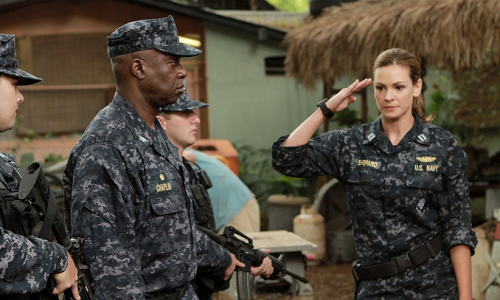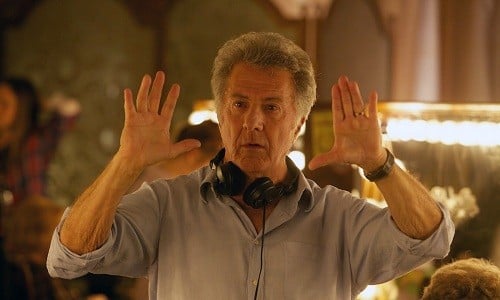The Fury
Written by John Farris
Directed by Brian De Palma
USA, 1978
In this action-suspense picture packed with paranormal activity, Kirk Douglas plays government agent Peter Sandza, whose telepathic son (Andrew Stevens) has been kidnapped by his colleague Ben Childress (John Cassavetes), working for a CIA-like secret government agency that plans to exploit the boy’s psychic abilities for warfare. Sandza’s desperate search for his son brings him into contact with a teenage girl named Gillian (Amy Irving), who also has strong ESP powers. He gains her trust, and together, they join forces in the hope of saving his son Robin before it’s too late.
Brian De Palma’s immediate successor to Carrie was The Fury, a supernatural horror/espionage/occult/mindfuck of a movie, which, like Carrie, manages a similar variation on the theme of teenagers using telekinetic powers to exercise repressed feelings. And The Fury, not unlike Carrie, is on some level about the need to symbolically kill your parents to set yourself free. The Fury is the movie Armond White said is impossible not to completely, wholly love if you have any shred of understanding of the medium of film and how it works. But when released in 1978, The Fury was viewed by most critics as being a definite disappointment.

The Fury is a film of sprawling incoherence, with characters severely underwritten, and often doesn’t make much sense. De Palma based it on the 1976 novel by horror writer John Farris, who adapted his complex 350-page thriller into a 118-page screenplay. The results are messy, but The Fury is an entirely satisfying and always entertaining film. More than that, it shows De Palma working out personal themes that have consistently appeared throughout his entire career. With The Fury, De Palma allowed his imagination free rein. The Fury, at times, is as visually expressive as anything De Palma has ever directed, dominated by one incredible set-piece after another. It’s best, in fact, to ignore the inconsistencies of the plot and focus instead on the astounding visuals: De Palma experiments with techniques like split screen, signature bird’s-eye views, 360 degree pans, and lots of great slow-motion – and as with Carrie, De Palma saves the real money shot for last. Its denouement is well worth the wait.

During the epilogue, an emotionally devastated Amy Irving takes her retribution on Cassavetes and psychically blows him up – which is made all the more awesome by De Palma repeating the scene several times over in slow-motion (16 times to be exact) – and showing off the incredible special effects by Rick Baker. Pauline Kael wrote, “This finale is the greatest finish for any villain ever. One can imagine Welles, Peckinpah, Scorsese, and Spielberg still stunned, bowing to the ground, choking with laughter.” Ultimately Kael may not have been a fan, but there is nothing but joy to be found in the epilogue. Behind the credits, John Williams’s unsettling, baroque musical score swoops and creeps with operatic intensity. It’s the best work of Williams’s career, accompanied by the remarkable cinematography of Richard H. Kline.

The Fury may not be as good as Carrie, but it’s bigger, more elaborate, and much more ambitious. De Palma’s trademark direction, as well as individual moments of stylistic showmanship, are enough to overlook the scattershot, barely coherent script. In spite of its flaws, The Fury is endlessly diverting, and possibly, De Palma’s most-underrated movie.
The Fury plays a lot like the conspiracy-themed horrors of David Cronenberg – minus the body horror. In fact, very similar ideas were explored in a much more coherent way a few years later in Cronenberg’s Scanners. And while Scanners may be a better movie, it’s hard to believe that Scanners doesn’t owe more than a little debt to this film.
– Ricky D
Other thoughts:
This is the first film for Daryl Hannah, Dennis Franz, and Laura Innes.
James Belushi was hired and fired as an extra on this film.
Director Mark Romanek worked on the film as a production assistant. It was his first job in the industry.
Bonus points for the elaborate car chase.
Additional bonus points for the scene in which Andrew Stevens walks through a mall causing a Ferris Wheel to explode behind him.
Kirk Douglas was a good casting choice as the avenging father.
Cassavetes always makes a suitably hateful villain.
Carrie Snodgress, returning to movies after several years of voluntary retirement.
Big-eyed and beautiful Amy Irving, played Sissy Spacek’s friend and final victim in De Palma’s Carrie. This time around, she gets to unleash the Fury in the final scene.






